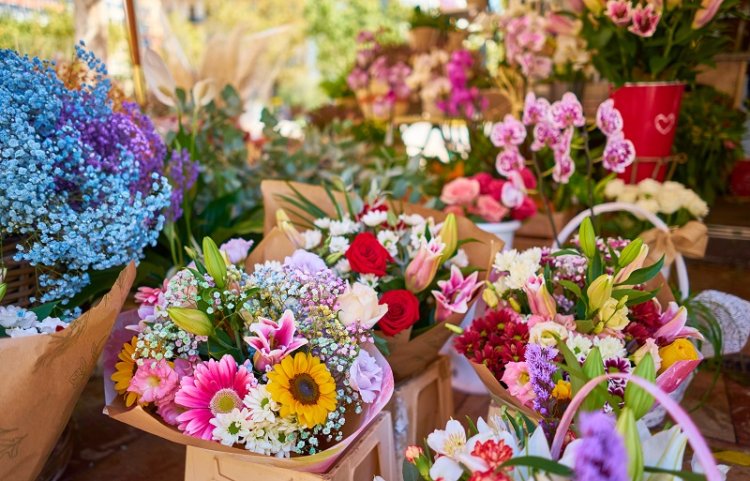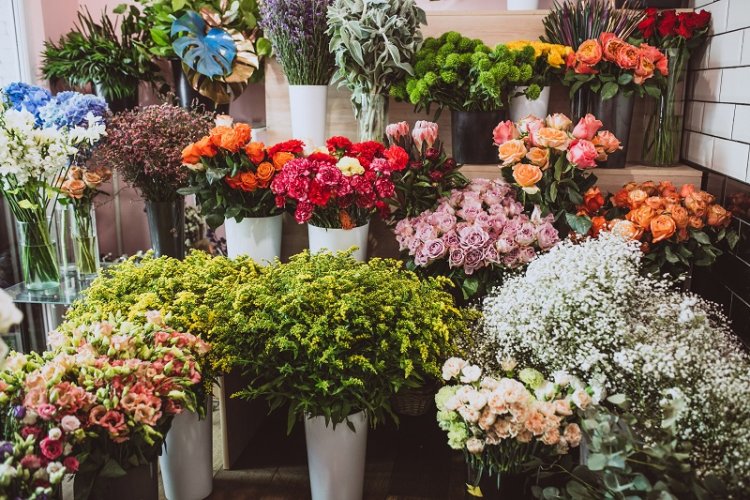The Art and Business of Floristry: A Comprehensive Guide

Flowers are a universal language, expressing emotions and sentiments that words often fail to convey. Behind every beautifully crafted bouquet lies the skilled hands and creative mind of a florist. But who exactly is a florist? What does their work entail? How does one become a professional in the field of floristry? This comprehensive guide will delve into the art and business of floristry, exploring the intricate tapestry of floral design, flower arrangement, and the day-to-day operations of a flower shop.
1. The Role of a Florist:
A florist, simply put, is a professional who specializes in the creation of floral arrangements. From small bouquets to grand wedding arches, a florist harnesses their knowledge of flowers and plants, combined with their artistic flair, to create stunning compositions that evoke emotion and enhance any setting.
2. The Art of Floral Design:
Floral design is at the heart of a florist's work. This involves selecting flowers based on their colors, shapes, sizes, and symbolic meanings. Florists also consider the longevity of the flowers, ensuring they'll remain fresh and vibrant for the desired period. The art of floral design extends beyond just aesthetics; it's about storytelling, setting a mood, and creating a sensory experience.

3. The Business of Flower Shops:
Running a flower shop entails more than just creating beautiful arrangements. It involves sourcing flowers, managing inventory, delivering orders, and providing excellent customer service. Florists also need to stay updated on trends and cater to different customer needs, from wedding flowers and funeral flowers to birthday flowers and Valentine’s Day flowers.
4. Special Occasion Flowers:
Flowers play a crucial role in various life events. Wedding flowers, for instance, set the tone and theme of the celebration. Funeral flowers, on the other hand, offer comfort and express sympathy. Florists also prepare arrangements for birthdays, anniversaries, and holidays such as Valentine's Day and Mother's Day.
5. Floristry Skills and Training:
Becoming a florist requires a combination of innate creativity and professional training. There are many floristry courses available that cover the basics of floral design, plant care, and business management. Aspiring florists also benefit from hands-on experience, whether through internships or by working in a flower shop.
6. The Rise of Online Florists:
With the advent of the internet, the floristry industry has seen the rise of online florists. These platforms offer the convenience of flower delivery at the click of a button. While this has undoubtedly broadened the reach of florists, it also presents new challenges in terms of competition and quality control.
Conclusion:
The world of floristry is a dynamic blend of art and business. A florist not only designs floral arrangements but also acts as a therapist, advisor, and friend, helping customers convey their feelings through the universal language of flowers. Whether you're considering a career in floristry or simply curious about the industry, understanding the role and responsibilities of a florist can give you a new appreciation for the bouquet on your table or the arrangement at your next event.
 olivawilson
olivawilson 















